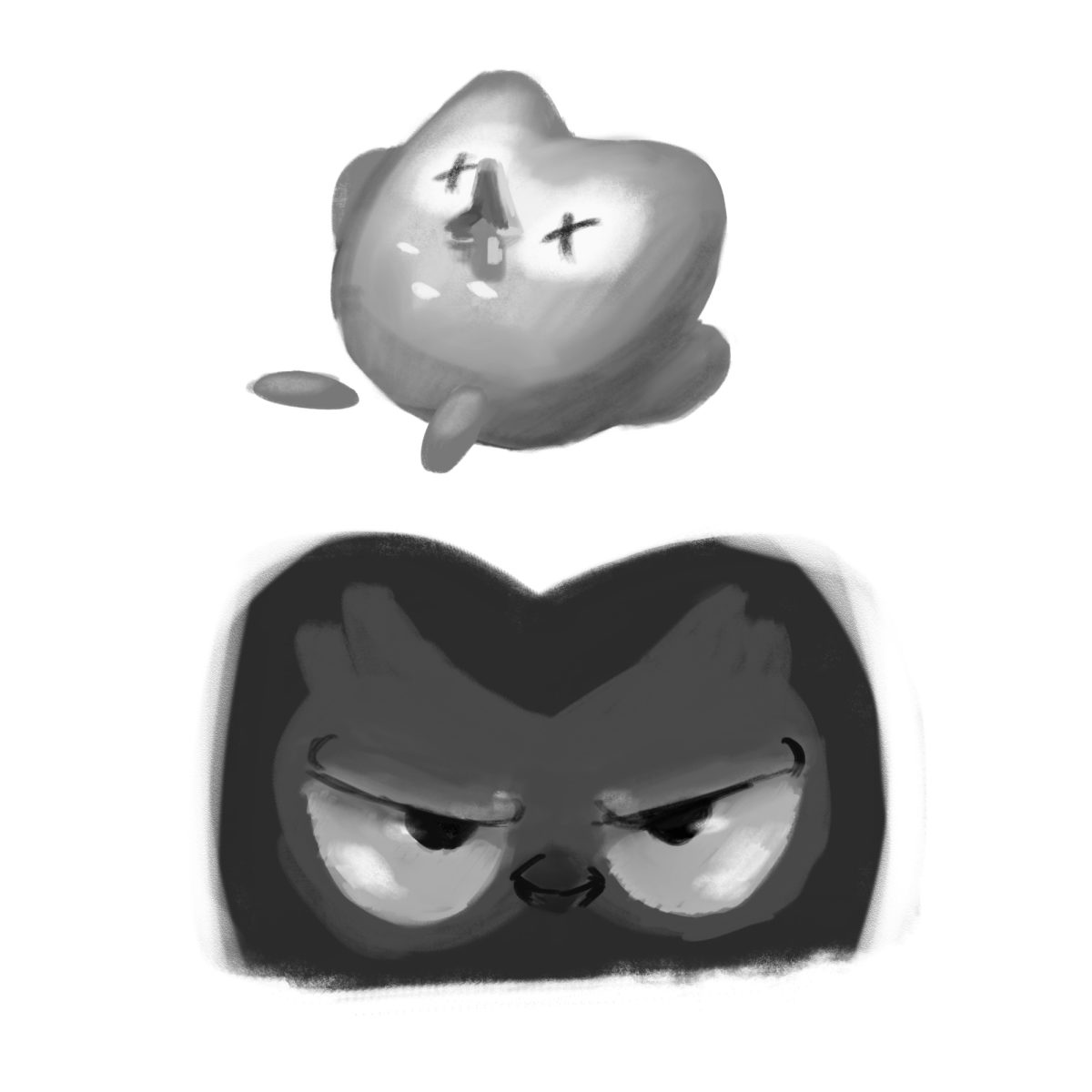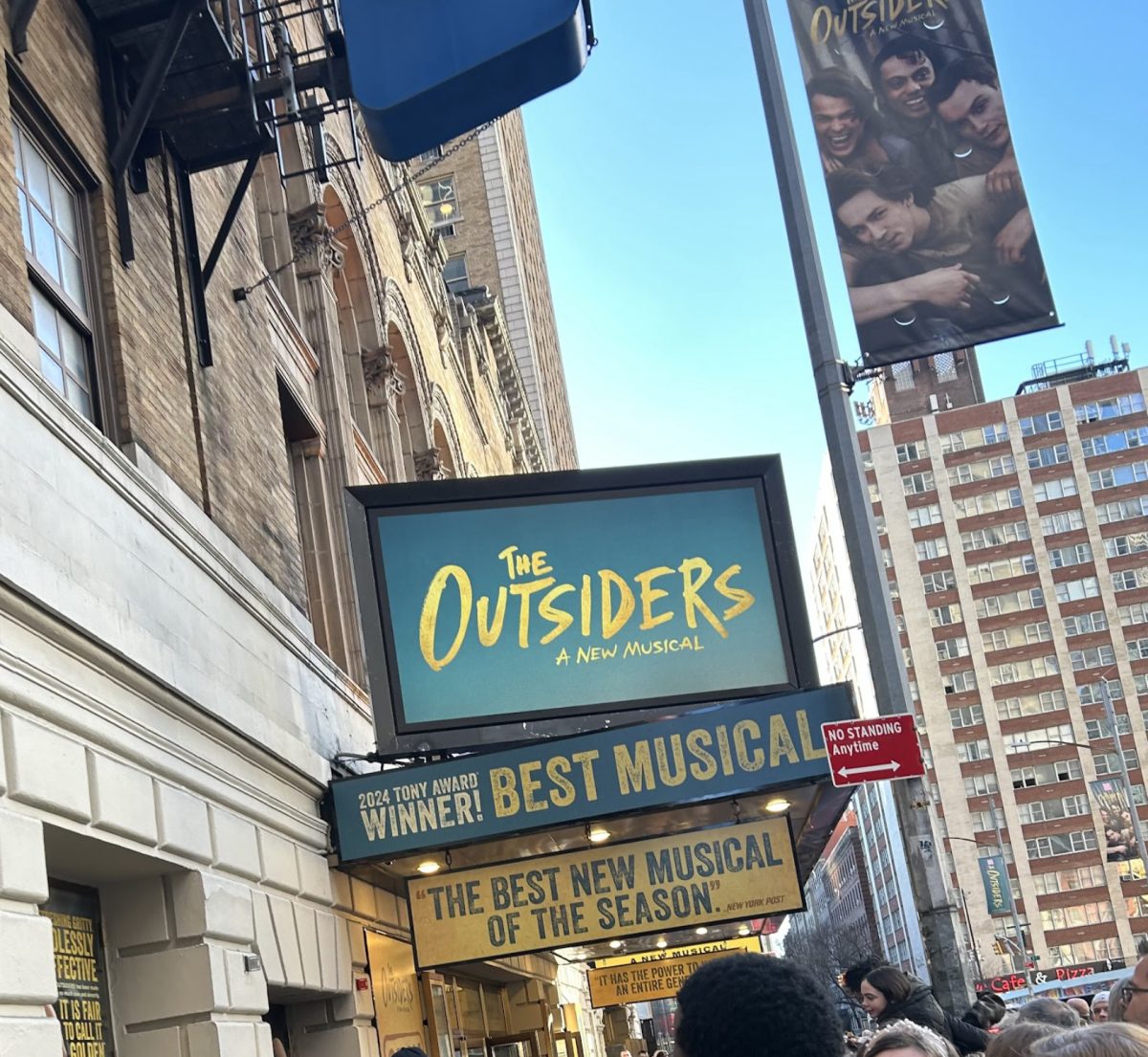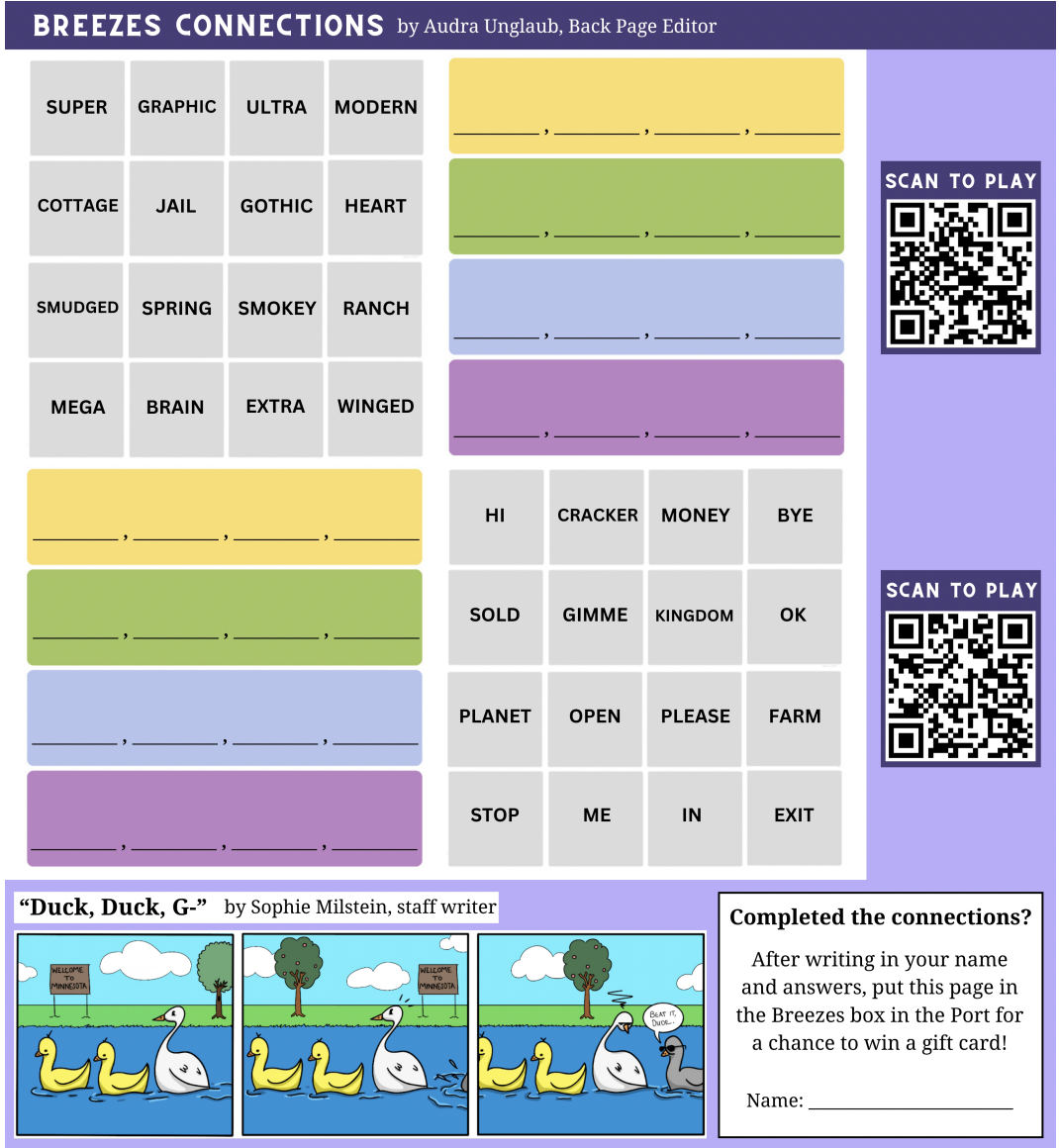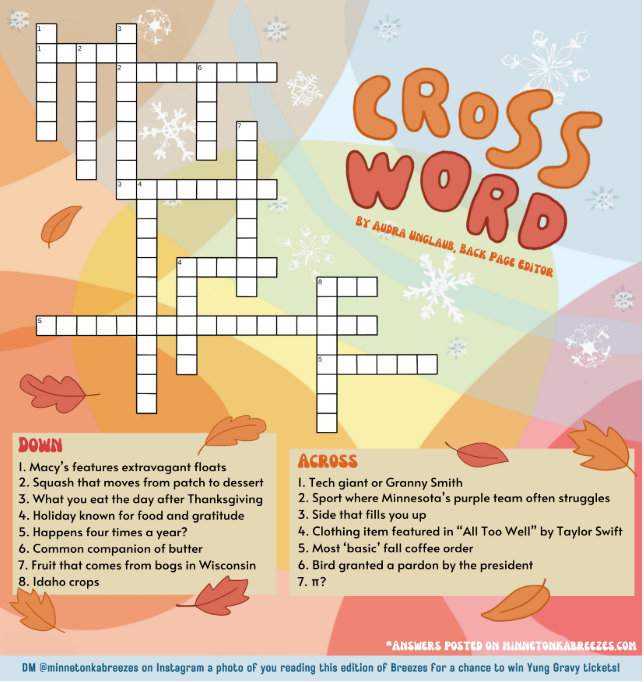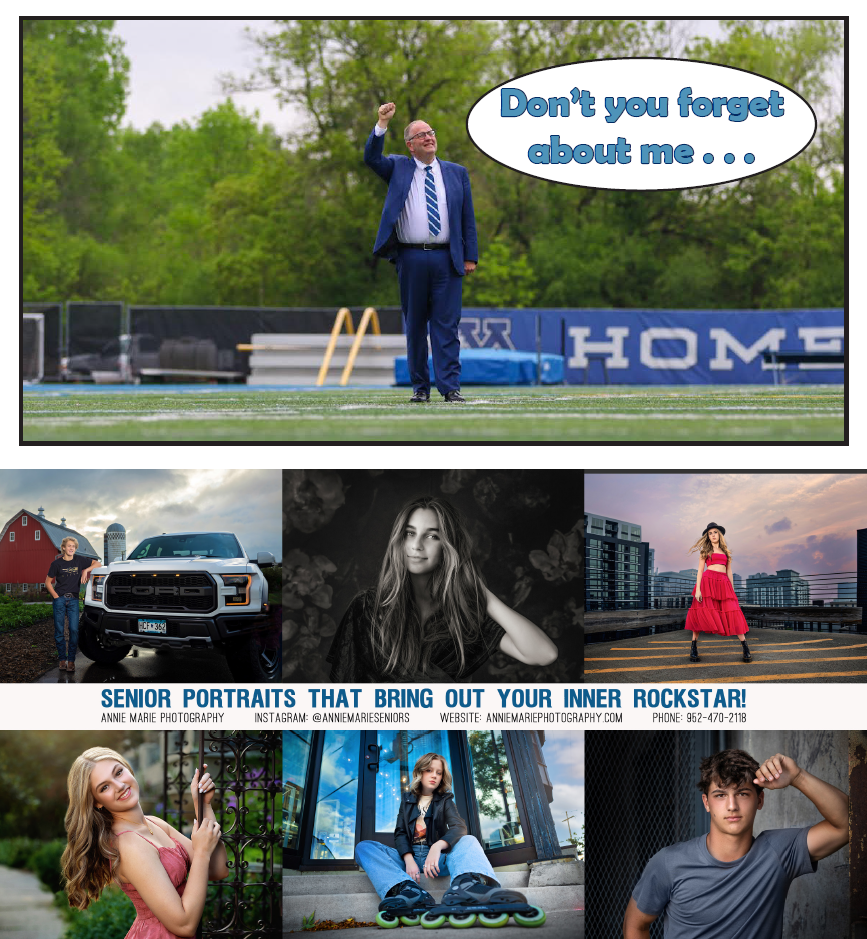
Flags are a signature of every state in our country. They can represent everything from what a society stands for to depicting significant landscapes or symbols in a state’s history. For example, Colorado uses gold to represent the sun, red to represent the state’s soil, and other colors to give recognition to the natural environment.
Without being altered very much throughout history, Minnesota’s own flag has long depicted an Indigenous American on horseback being driven off land being farmed. Minnesota has been long overdue for a change to accurately represent the landscape and culture of today: place where full respect of people and land are present. Our state parks and lands are thriving, and appreciation for one another has come a long way since the first flag was flown.
Recently, the state of Minnesota announced that a new flag would be chosen by January 1, 2024. After a pool of over 2,000 public submissions is sifted through and narrowed down to one final design. The significance behind this decision to allow public input further highlights the importance of this redesign, as it is imperative to the process of creating a new identity for our society.
Going through these submissions by the public, it’s hard not to notice some common themes. Two main colors, blue and green, show up among many designs, seeming to represent anything from Minnesota’s forests to its abundant lakes. These two colors showcase part of Minnesota’s natural beauty, and make sense as an addition to the new flag.
Designer Dain Larson submitted his own design for consideration (listed as F1617), featuring these two colors and other symbols to represent our state. “I wanted to keep the design as simple as possible while still being able to tell a story about some of Minnesota’s best features and my personal favorites about our great state,” he says. Larson explains that the “elements that [he] wanted to feature were our natural landscape of forests, state parks and natural resources that Minnesota is known for.”
Augustine Muraski, ‘27, agrees that it’s time for a change, and says that our current flag fails in representation on many levels. “Our flag does not represent us as a state and we should have one that better conforms to flag design principles,” he says. When asked about what he thought represented Minnesota, he said, “I think of the North Star, I think of rivers, I think of our climate, and I think that our unique weather and terrain should be represented on a flag.”
Larson believes in the idea of a new flag ready to further unite our state. “I do think it’s possible to have a flag which all Minnesotans rally around and make it what represents our state. Whatever design is chosen we will certainly see and hear a divided response to it, but over time I believe Minnesotans will embrace it and see it as a badge of honor.”


